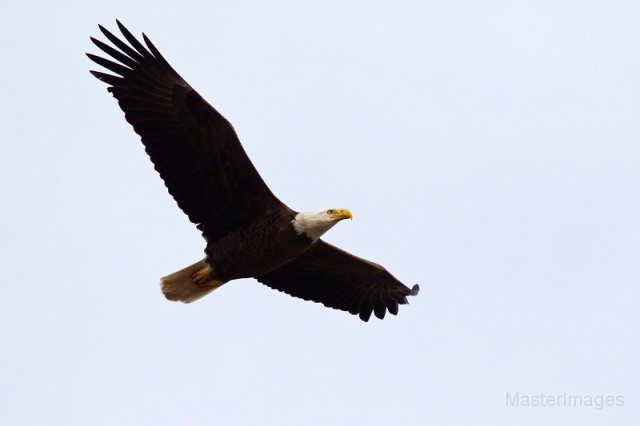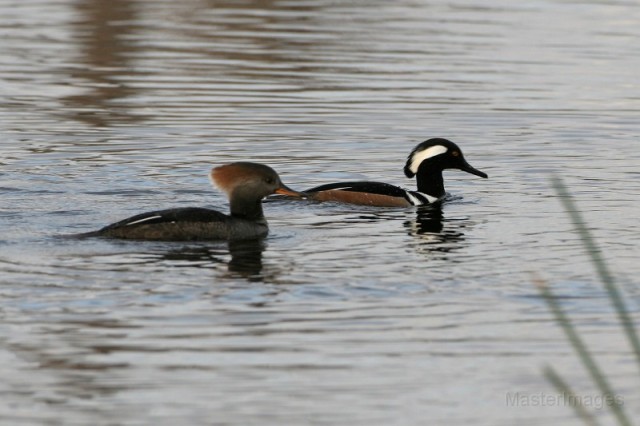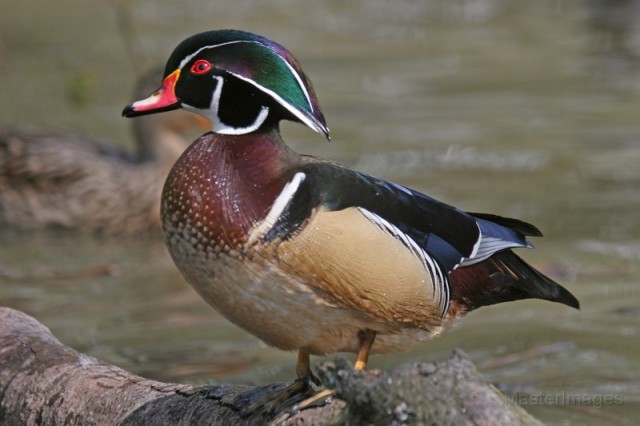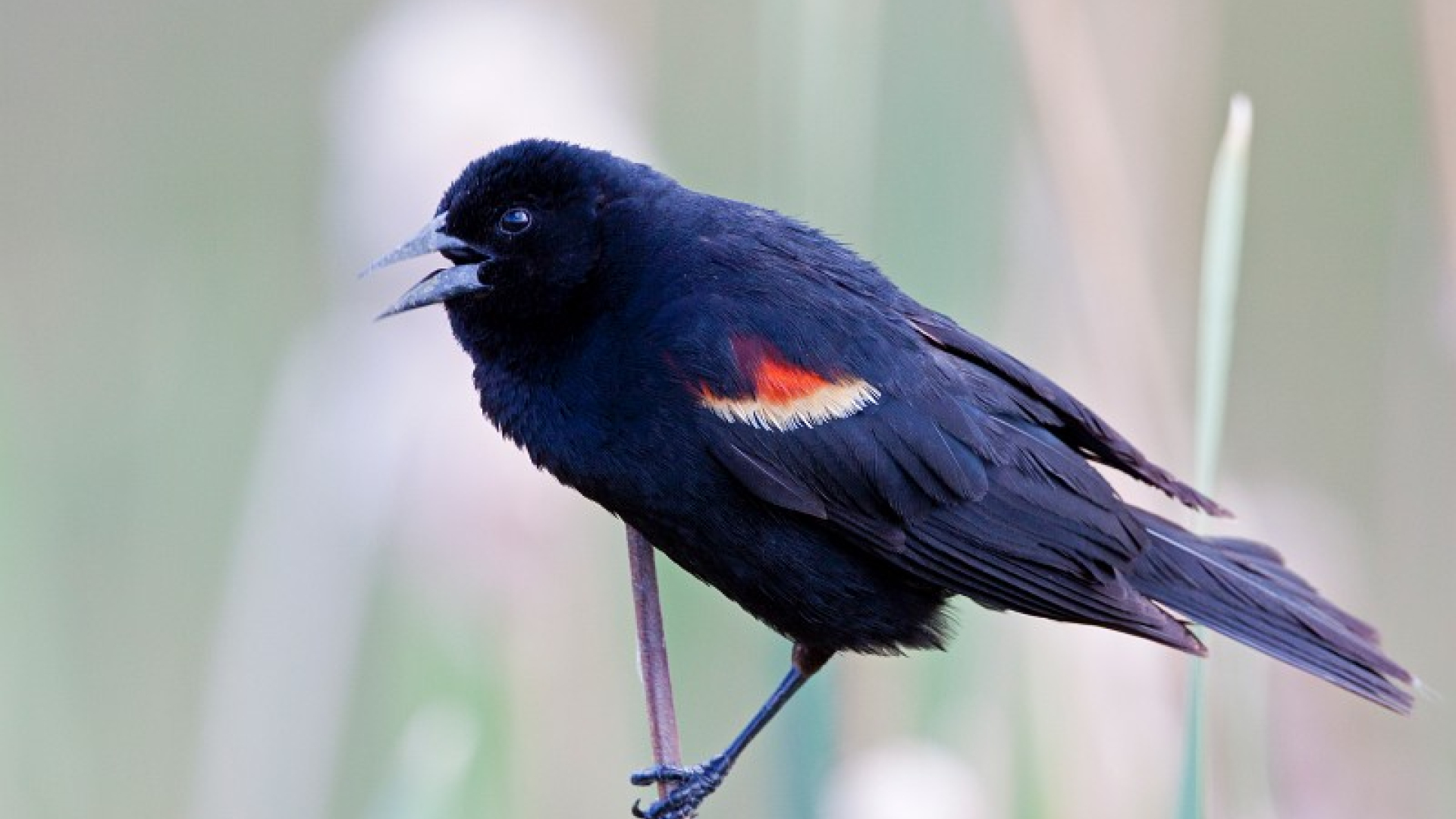Signs of Spring
While winter has not yet been sent packing from our forecasts here in the Adirondacks, its rather light grip on us this year has been getting pried free by warm temperatures and fingers of sunlight. They have melted almost all of our snow and are now pressing on our frozen lakes to thaw. And our earliest arriving birds are responding to the cues.
Blackbirds and Song
A couple of weeks ago, red-winged blackbirds and common grackles were first reported in the Champlain Valley. Not long after that, they were found in the middle of the Adirondacks. Soon after that I found them in Lake Placid and then again in Saranac Lake, where red-wings are singing along lakes and small marshes each morning. American robins are also arriving, and I’ve been listening to them sing each morning over the past few days. Song sparrows are also in town, with a few at my bird feeders each day, scratching on the ground with the dark-eyed juncos and white-throated sparrows, which stuck around all winter.
But the juncos aren’t being outshined by a newcomer. They are singing, and each day their chorus seems to build a little more. Other singing birds of late have included a brown creeper, which I’ve heard singing for about a month along the railroad tracks by Lake Colby. The bird is seemingly convinced that our winter was not too intimidating this year. Purple finches have also been singing, both in my neighborhood and along Lake Colby, where they are joined in both locations by the constant chatter of American goldfinches and pine siskins, which have graced us all winter. And the bald eagles along Colby, although not much for singing, have been active at their nests. I have watched them adding sticks to it in the past few days.

Waterfowl on the Move
Lake Colby doesn’t just have singing birds and bald eagles. The once solid lake has a new gaping hole in the ice on the backside, and I’ve seen newly arrived Canada geese on it in the past week. According to Aldo Leopold, a migrating goose is a “prophet who has burned his bridges” for taking the risk that there will be a hole in the lake when he arrives after his long flight.
Yesterday, this growing pool of open water held a pair of hooded mergansers. A few days ago I spotted a pair of wood ducks wheeling overhead before the ice had cleared enough for them to land. Today there were four common mergansers on the lake as Wren and I walked along the tracks, and 10 mergies and two mallards appeared as we walked back.
Lake Flower is even more open, and I spotted a lone hooded merganser the other day when I drove past. Today I was in Tupper Lake and made use of my trip by driving down state Route 30 to the causeway, where there is a great deal of open water around the marsh. I only spotted one male hooded merganser during my brief spin through the area, but he is a herald of the changes that are beginning to sweep across the landscape.

Such forerunners of spring are not so solitary in the Champlain Valley, where waterfowl numbers are beginning to build, making this time of year a great time to go birding there. But whether solo or in flocks, the message of these harbingers is the same — spring is coming. Sure, we will have more winter weather coming — more cold days and more snow. Our singing dark-eyed juncos, brown creepers, and northern cardinals will be hushed for a time, but the spring will march inexorably on, pushing winter out as it comes.
And so the ducks and early arrivals are just the beginning. They will soon be followed by raptors, eastern bluebirds (which I saw near Rainbow Lake last week), more blackbirds, oodles of sparrows, blue-headed vireos, eastern phoebes, and then the onslaught of flycatchers, vireos, tanagers, thrushes, and warblers, which is the Adirondack spring.
That final rush may still be two months away, but the rumor of its happening is being spread today. You can hear it in the trickle of meltwater. You can listen for the gossip in the dripping, cold spring rain. And you can catch the news in the voice of the sun. Perhaps it is this build up which makes spring and spring birding more exciting. The changes which spring brings to the Adirondack landscape begin subtly, but in doing so they foster an anticipation of what’s to come. And so we monitor the changes, excited by each new development, and we look for the next one. It is all part of the buildup before spring — with its life, color, song, and diversity — and it cannot be held back any longer.
Now is a great time to watch seasonal changes unfold in the Adirondacks. Plan your early spring trip today, and don’t forget to plan ahead for your spring and summer birding adventures. See our birding, outdoor recreation, lodging, and dining pages for more details.






